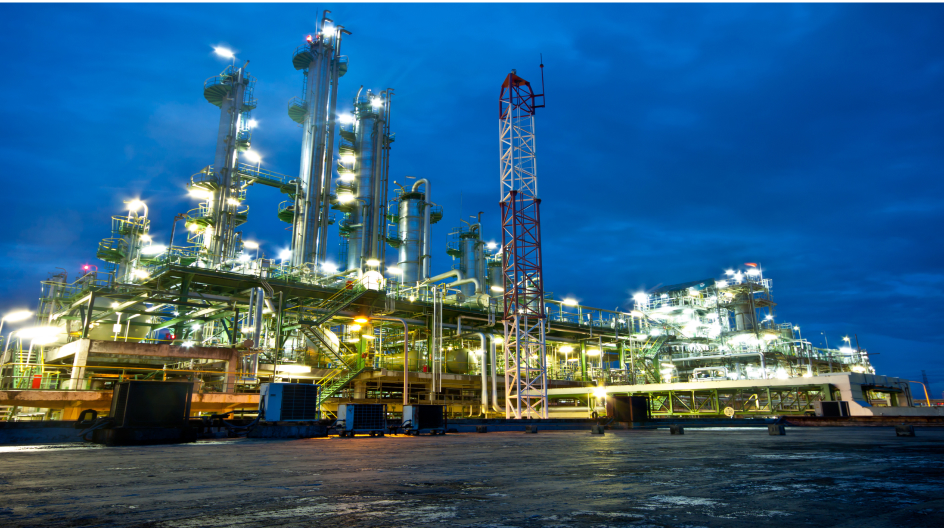The 20-Second Trick For Roar Solutions
The 20-Second Trick For Roar Solutions
Blog Article
The smart Trick of Roar Solutions That Nobody is Discussing
Table of ContentsRoar Solutions Fundamentals ExplainedAbout Roar SolutionsA Biased View of Roar Solutions
In order to shield installations from a prospective surge an approach of analysing and identifying a potentially dangerous location is required. The purpose of this is to ensure the appropriate selection and setup of equipment to eventually stop a surge and to make certain security of life.
(https://urlscan.io/result/8b06a2f1-9edb-4076-8512-31003b1bcc3a/)
No equipment ought to be set up where the surface temperature level of the equipment is above the ignition temperature of the provided danger. Below are some usual dirt unsafe and their minimal ignition temperature level. Coal Dust 380C 225C Polythene 420C (melts) Methyl Cellulose 420C 320C Starch 460C 435C Flour 490C 340C Sugar 490C 460C Grain Dust 510C 300C Phenolic Material 530C > 450C Aluminium 590C > 450C PVC 700C > 450C Residue 810C 570C The possibility of the threat being present in a concentration high adequate to trigger an ignition will differ from location to area.
In order to identify this risk a setup is divided right into locations of threat depending upon the amount of time the dangerous exists. These areas are described as Zones. For gases and vapours and dusts and fibers there are 3 zones. Area 0 Area 20 A hazardous atmosphere is very most likely to be existing and might be present for extended periods of time (> 1000 hours annually) and even continuously Zone 1 Zone 21 A hazardous environment is possible yet unlikely to be present for extended periods of time (> 10 450 C [842 F] A category of T6 suggests the minimum ignition temperature level is > 85 C [185 F] Dangerous area electric equipment maybe designed for use in higher ambient temperature levels. This would certainly showed on the ranking plate e.g. EExe II C T3 Ta + 60C( This indicates at 60C ambient T3 will not be exceeded) T1 T1, T2, T3, T4, T5, T6 T2 T2, T3, T4, T5, T6 T3 T3, T4, T5, T6 T4 T4, T5, T6 T5 T5, T6 T6 T6 A T Course score of T1 indicates the optimum surface temperature produced by the tool at 40 C is 450 C. Thinking the linked T Course and Temperature level score for the equipment are proper for the location, you can always use a tool with a more strict Division score than needed for the location. There isn't a clear response to this concern. It truly does depend on the kind of equipment and what repair work need to be executed. Equipment with details test treatments that can't be carried out in the field in order to achieve/maintain 3rd celebration score. Have to return to the manufacturing facility if it is before the tools's solution. Area Repair By Authorised Employee: Complicated screening may not be needed nonetheless details treatments might need to be complied with in order for the devices to keep its 3rd party score. Authorised personnel have to be employed to do the work appropriately Repair work have to be a like for like replacement. New element should be considered as a straight replacement needing no special testing of the devices after the repair service is full. Each item of tools with a harmful ranking ought to be evaluated separately. These are laid out at a high level listed below, but also for even more thorough details, please refer directly to the standards.
10 Easy Facts About Roar Solutions Explained
The devices register is a comprehensive data source of tools documents that includes a minimum set of areas to recognize each item's place, technological specifications, Ex-spouse classification, age, and environmental information. The proportion of Comprehensive to Close examinations will certainly be figured out by the Equipment Threat, which is examined based on ignition threat (the possibility of a source of ignition click here for more info versus the probability of a flammable environment )and the unsafe area category
( Zone 0, 1, or 2). Implementing a durable Risk-Based Evaluation( RBI )approach is essential for making sure conformity and safety and security in taking care of Electric Equipment in Hazardous Areas( EEHA).
What Does Roar Solutions Mean?

In regards to eruptive danger, a hazardous area is a setting in which an eruptive environment is existing (or may be anticipated to be present) in quantities that call for special precautions for the construction, installment and use equipment. electrical refresher course. In this article we discover the difficulties dealt with in the workplace, the risk control steps, and the required expertises to function securely
These substances can, in certain problems, form explosive environments and these can have major and tragic consequences. Many of us are acquainted with the fire triangle remove any one of the 3 aspects and the fire can not take place, yet what does this mean in the context of dangerous locations?
In a lot of instances, we can do little regarding the levels of oxygen airborne, however we can have substantial influence on sources of ignition, for instance electrical tools. Harmful locations are documented on the unsafe area classification illustration and are identified on-site by the triangular "EX" indication. Here, among various other vital details, areas are divided right into 3 types depending upon the danger, the likelihood and duration that an eruptive atmosphere will exist; Zone 0 or 20 is deemed one of the most unsafe and Area 2 or 22 is considered the least.
Report this page